
(Getty Images)
ABC’s presidential debate between Donald Trump and Kamala Harris last night featured several intense and heated exchanges.
At one point in the night, Trump ignited controversy with a claim that Haitian immigrants in Springfield, Ohio were eating people’s pets. “They’re eating the dogs, they’re eating the cats, they’re eating the pets of the people that live there,” said former President Trump, before being fact-checked by a moderator.
ABC News co-anchor David Muir went on to say there were “no credible reports of specific claims of pets being harmed, injured or abused by individuals within the immigrant community," while Trump continued to double down.
Within minutes of Trump’s comment, the internet was flooded with responses, and the search on Google Trends for “eating pets” rose over 200%. The suggestion that immigrants are engaging in such practices plays on longstanding prejudices and xenophobic fears, painting immigrant communities with a broad brush of negativity. The statement quickly drew criticism from various fact-checkers and news pundits, who condemned the rant as fear-mongering devoid of factual basis.
The city of Springfield and its police department say there is no evidence to support the viral anti-immigrant claim.
Viewers speculated where these rumors originated, and the answer points directly to Trump’s Vice Presidential pick, JD Vance. On September 9, Vance took to Twitter/X to address the issue, stating, “Months ago, I raised concerns about Haitian illegal immigrants draining social services and causing chaos in Springfield, Ohio.” He continued, “Reports now indicate that people’s pets have been abducted and eaten by individuals who shouldn’t be in this country. Where is our border czar?”

(Image credit: Twitter/X)
Executive director of Haitian Bridge Alliance, Guerline Jozef, stated in a press release from that same day, that the allegations are false and a clear example of the anti-Black racism and xenophobia. The Haitian Bridge Alliance is a non-profit organization that advocates for fair and humane immigration policies and connects migrants with humanitarian, legal, and social services, with a particular focus on Black migrants, the Haitian community, women, LGBTQIA+ individuals and survivors of torture.
The organization called on Vance to retract his false comments: “These baseless and inflammatory remarks not only perpetuate harmful stereotypes but also contribute to the dangerous stigmatization of immigrant communities, particularly Black immigrants from the Republic of Haiti.”
Vance’s inflammatory amplification of the false rumor is not merely meritless but also echoes a long-standing and deeply troubling racist trope that has been used to marginalize and vilify immigrant communities throughout American history. Throughout American history, various ethnic and racial minorities have been subjected to dehumanizing myths and unfounded accusations
One notable example is the early 20th-century xenophobia directed at Chinese immigrants. During this period, the so-called "Yellow Peril" rhetoric portrayed Chinese people as exotic and threatening, often employing sensationalist claims about their customs and habits to justify exclusionary policies and social discrimination.
Now Vance and Trump have refocused their ire towards Black and non-Black Latino immigrant communities. Trump is no stranger to accusations against Latinos of criminal behavior and cultural inferiority, which were used to justify discriminatory practices and policies under his presidency.
The immediate reaction to Trump’s rhetoric underscores its detrimental impact. Historically, political figures and media outlets have been pivotal in reinforcing these stereotypes. For instance, Harris's statements about bolstering border security during the debate were heavily influenced by the widespread media myth that immigrants are primarily responsible for the majority of illegal fentanyl transportation across the border.
Misleading portrayals of immigrant communities have been used to stoke fear and garner support for exclusionary policies. Trump’s recent statements fit this pattern, as they exploit existing fears and prejudices to rally his base and create a divisive narrative.
Although in many cases, claims can quickly be fact-checked as misinformation can spread quickly and take on a life of its own.
Trump’s remarks are not isolated incidents but rather a modern manifestation of an age-old tactic used to malign immigrant groups and sway voters. Ultimately the inflammatory rhetoric and baseless claims serves to distract from substantive discussions about policy and governance, shifting the focus to emotional and fear-driven reactions.
To combat the harmful effects of such rhetoric, it is essential to address both the underlying anti-Black racism and the specific xenophobic claims being made. Public figures, media outlets and community leaders have a responsibility to challenge and debunk false narratives and to promote accurate representations of immigrant communities.

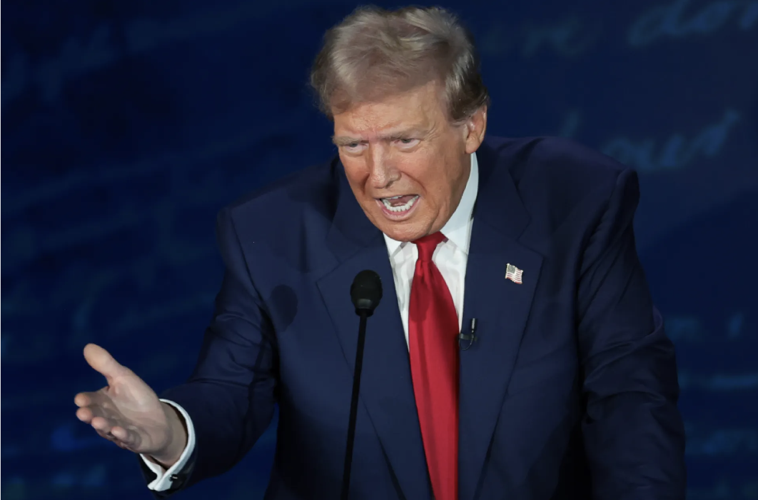
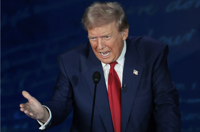

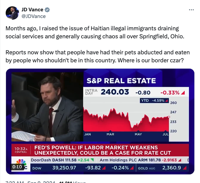
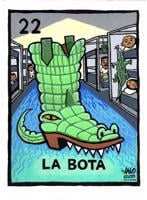
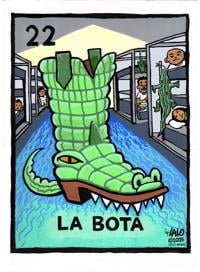


(0) comments
Welcome to the discussion.
Log In
Keep it Clean. Please avoid obscene, vulgar, lewd, racist or sexually-oriented language.
PLEASE TURN OFF YOUR CAPS LOCK.
Don't Threaten. Threats of harming another person will not be tolerated.
Be Truthful. Don't knowingly lie about anyone or anything.
Be Nice. No racism, sexism or any sort of -ism that is degrading to another person.
Be Proactive. Use the 'Report' link on each comment to let us know of abusive posts.
Share with Us. We'd love to hear eyewitness accounts, the history behind an article.